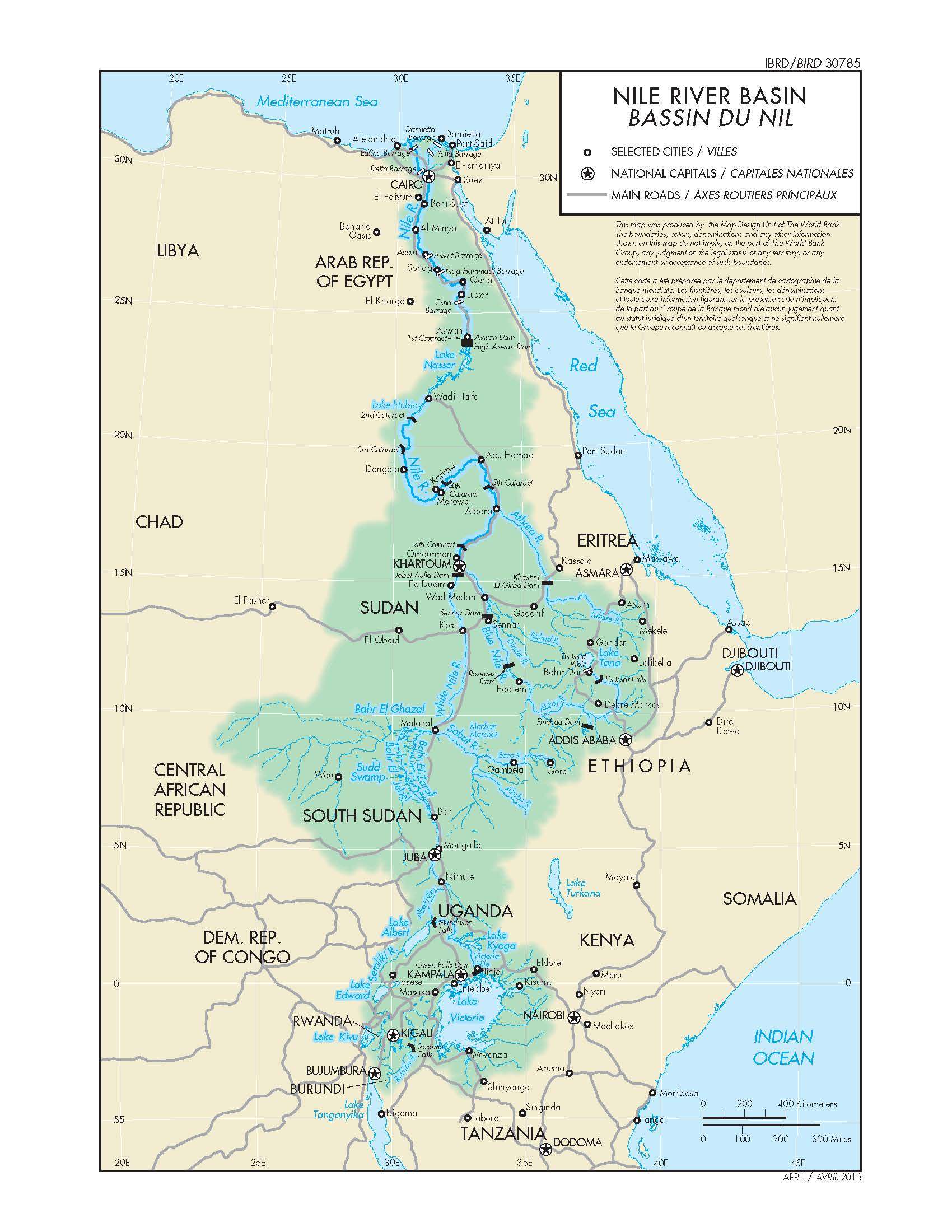Yugpurush Raja Rammohun Roy
A one-year long celebration was launched by the Union Ministry of Culture on the occasion of the 250th birth anniversary of Raja Ram Mohan Roy.
A dance drama titled 'Yugpurush Raja Rammohun Roy’ based on the life of Raja Rammohun Roy is organised at Kartavya Path and India Gate.
|
Opposed |
Orthodox Hindu rituals Idol worship |
|
Supported |
Monotheism |
Netaji Subhas Chandra Bose in his book ‘The India Struggle’ called him ‘The apostle of a religious revival’ in India.
A new species of endemic honeybee called Indian black honeybee has been discovered in the Western Ghats.
The last honeybee discovered from India was Apis indica in 1798 by Fabricius.
December-end is fixed as the deadline to rehabilitate Polavaram-displaced families.
The Nile River is currently facing grave threats from climate change, pollution, and human exploitation.

According to the Intergovernmental Panel on Climate Change, the Nile Delta is one of the three regions in the world that are most vulnerable to global warming.
In 1970, the Aswan High Dam was built in Egypt to help regulate the Nile's flooding.
ISRO’s RISAT-2 satellite has made an uncontrolled re-entry into the Earth’s atmosphere.